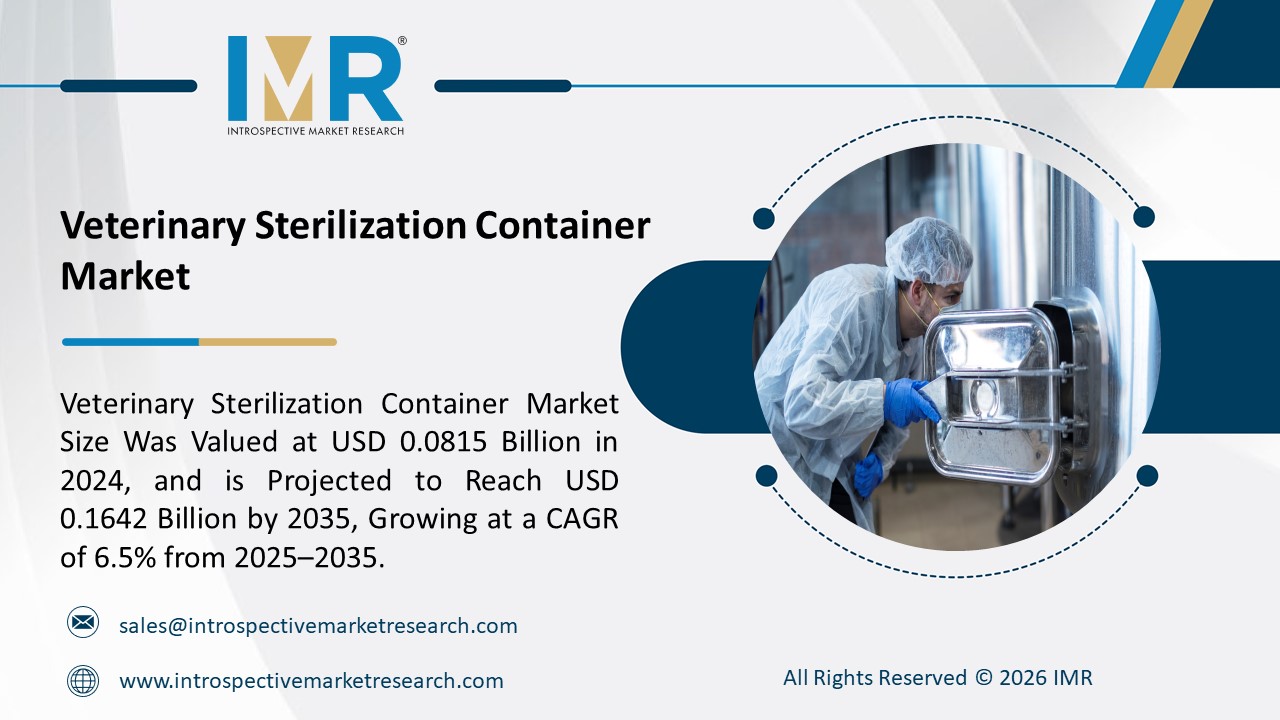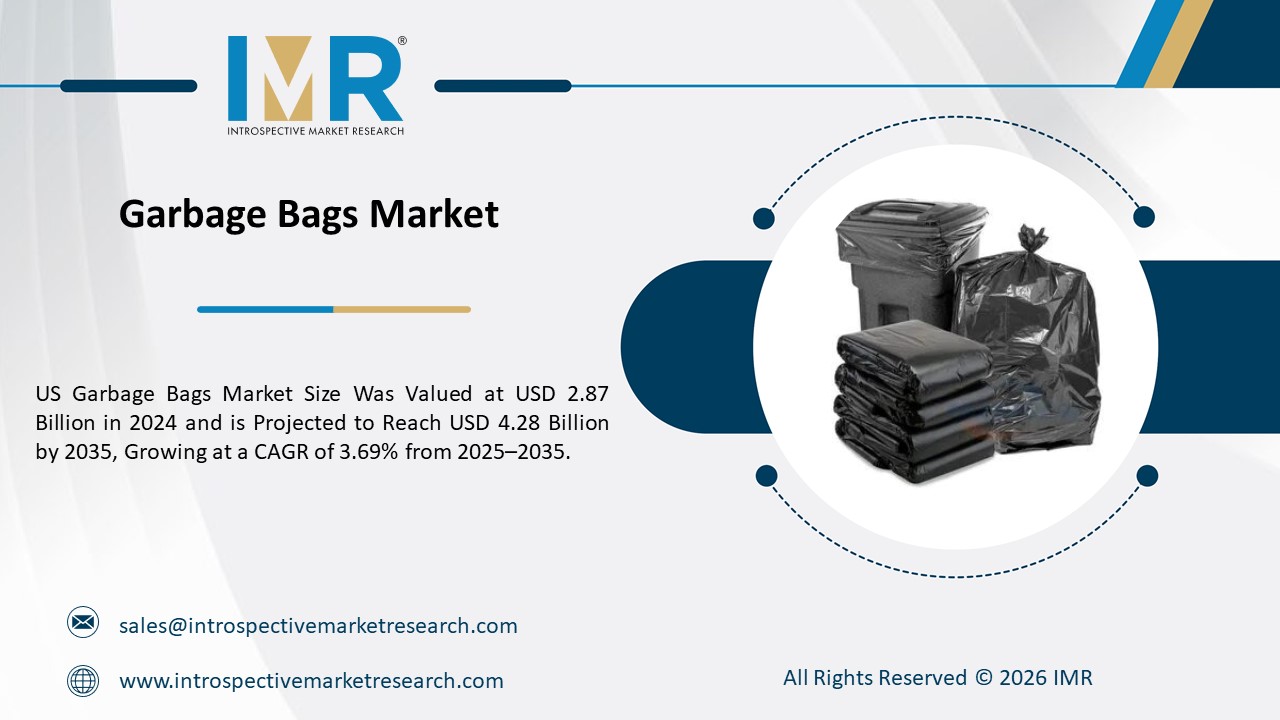Fiber Optic Extensometers Market
According to a new report published by Introspective Market Research, titled, ?Fiber Optic Extensometers Market by Type, Application, and End-User: Global Opportunity Analysis and Industry Forecast, 2024?2032,?
the global Fiber Optic Extensometers market size was valued at USD 5.87 billion in 2023, and is projected to reach USD 9 billion by 2032, registering a CAGR of 4.86% from 2024 to 2032.
Fiber optic extensometers are devices that are utilized to gauge strain or deformation in materials, providing superior accuracy and sensitivity. They play a crucial role in structural health monitoring, geotechnical engineering, and material testing applications. The need for dependable deformation monitoring in sectors such as infrastructure development, safety regulations, and real-time monitoring of critical structures is fueling the market for fiber optic extensometers. Innovations in fiber optic sensing technology, including distributed sensing and multiplexing techniques, are driving market expansion. Major stakeholders are dedicating resources to R&D in order to enhance the effectiveness and affordability of their products.
According to The Fiber Optic Extensometers Market is segmented into Type, Application, End-User, and region. By Type, the market is categorized into Contact-Type Extensometers and Non Contact-Type Extensometers. By Application, the market is categorized into Concrete and Steel. By End-User, the market is categorized into Construction, Infrastructure, Oil & Gas, Mining, and Aerospace & Defense. By region, it is analyzed across North America (U.S.; Canada; Mexico), Eastern Europe (Bulgaria; The Czech Republic; Hungary; Poland; Romania; Rest of Eastern Europe), Western Europe (Germany; UK; France; Netherlands; Italy; Russia; Spain; Rest of Western Europe), Asia-Pacific (China; India; Japan; Southeast Asia, etc.), South America (Brazil; Argentina, etc.), Middle East & Africa (Saudi Arabia; South Africa, etc.).
The high precision, sensitivity, and electromagnetic interference immunity of fiber optic extensometers have led to their growing use in sectors such as civil engineering, geotechnical monitoring, aerospace, automotive, and materials testing. These tools are perfect for severe conditions because they offer high-resolution real-time data. Industries placing importance on safety, efficiency, and reliability are driving the growth in demand for fiber optic extensometers, making them a crucial tool for monitoring structural integrity and deformation.
The advancement of fiber optic extensometers is being fueled by miniaturization and cost reduction, expanding access to a broader user base. Reducing production expenses enhances manufacturing operations and benefits consumers economically. The reduction in size enables the creation of smaller, more flexible extensometers that can be incorporated into a wide range of systems, broadening their use in fields such as aerospace, automotive, civil engineering, and healthcare. The market is expanding due to a move towards smaller, more affordable solutions, with a focus on advancements in structural health monitoring and materials testing.
Global Fiber Optic Extensometers Market, Segmentation
The Fiber Optic Extensometers market is segmented based on Type, Application, End-User, and region.
Type:
The sector of contact-type extensometers offers accurate measurement capabilities for a range of sectors such as civil engineering, geotechnical monitoring, and structural health monitoring. These devices connect with the surface of the material to ensure precise strain measurement. The robust designs and ability to withstand tough environmental conditions are expected to maintain a high demand for contact-type extensometers, establishing them as the top segment in the Fiber Optic Extensometers Market.
End-User:
Fiber Optic Extensometers play a crucial role in monitoring the structural integrity and deformation of construction projects. They provide precision, long-lastingness, and instantaneous functionality, guaranteeing the security and steadiness of constructions such as bridges, tunnels, dams, and buildings. Ground settlement, structural stability assessment, and hazard detection are their main uses. With the global expansion of construction activities, the Fiber Optic Extensometers Market will be predominantly driven by the increasing need for dependable monitoring solutions such as fiber optic extensometers.
Region:
Manufacturing growth in electronics, automotive, and aerospace industries is on the rise in the Asia Pacific region. This trend has resulted in an increasing need for sophisticated testing and measuring tools, especially fiber optic extensometers. These industries benefit from the high accuracy, real-time monitoring, and resistance to electromagnetic interference offered by these devices. In nations such as China, India, and South Korea, fast industrialization and urbanization have led to a rise in infrastructure projects, highlighting the importance of fiber optic extensometers for ensuring the stability and efficiency of networks.
Some of The Leading/Active Market Players Are-
- Instron (United States)
- Ametek (United States)
- Epsilon Tech (United States)
- MTS Systems (United States)
- Tinius Olsen (United States)
- TestResources (United States)
- Point Semantics Corporation (PSC) (United States)
- Epsilon Technology (United States)
- Opsens Solutions (Canada)
- Althen Sensors (Germany), and Other Active Players
Key Industry Developments
- In October 2023, OpSens Inc. A medical device company specializing in cardiology has finalized its acquisition by Haemonetics Corporation. The acquisition, completed through a statutory plan of arrangement under the Business Corporations Act (Qu?bec), involved the purchase of all outstanding common shares of OpSens at $2.90 per share in cash. OpSens looks forward to leveraging its optical technology within Haemonetics to continue delivering innovative solutions in the medical field.
Key Findings of the Study
- The Fiber Optic Extensometers market, valued at USD 5.87 billion in 2023, is expected to reach USD 9 billion by 2032, driven by high-accuracy, reliable deformation monitoring.
- Contact-type extensometers offer precise measurements for civil engineering, geotechnical monitoring, and structural health monitoring, gaining demand due to robust designs and environmental resilience in construction.
- Asia Pacific's fast industrialization and urbanization drive demand for advanced testing tools like fiber optic extensometers, crucial for network stability and infrastructure efficiency in countries like China, India, and South Korea.






